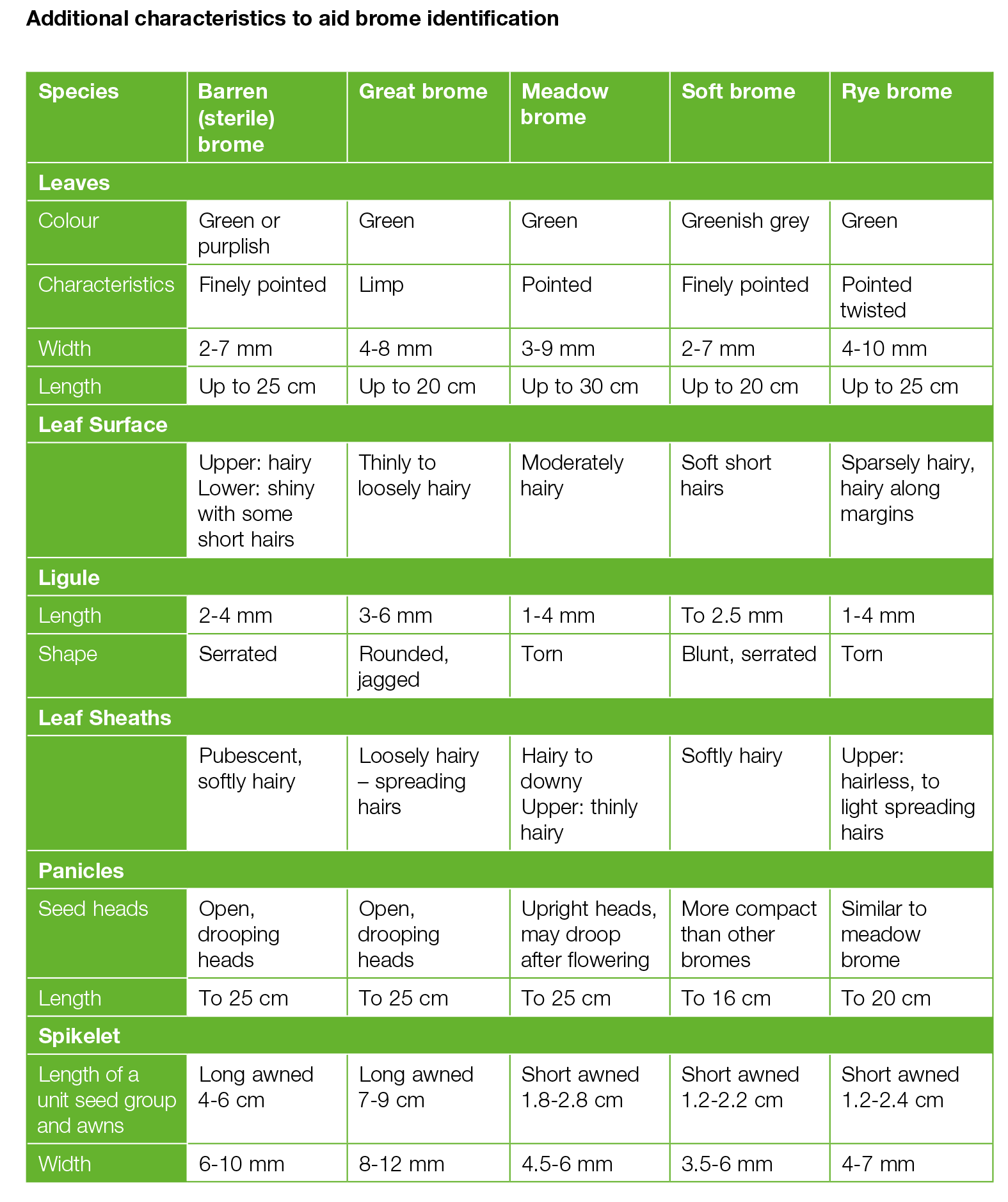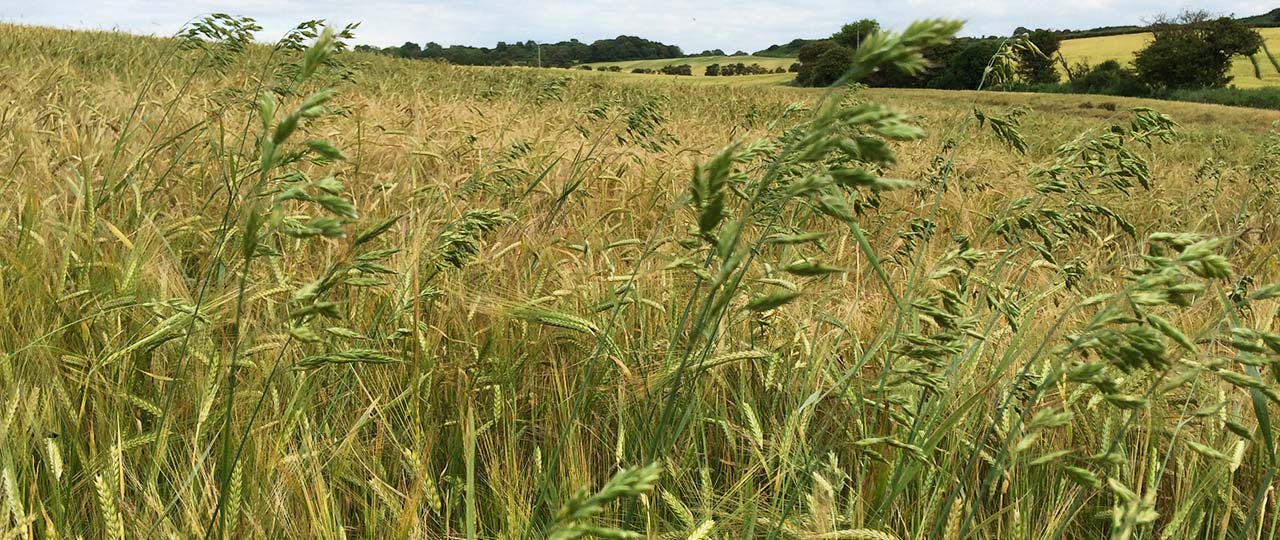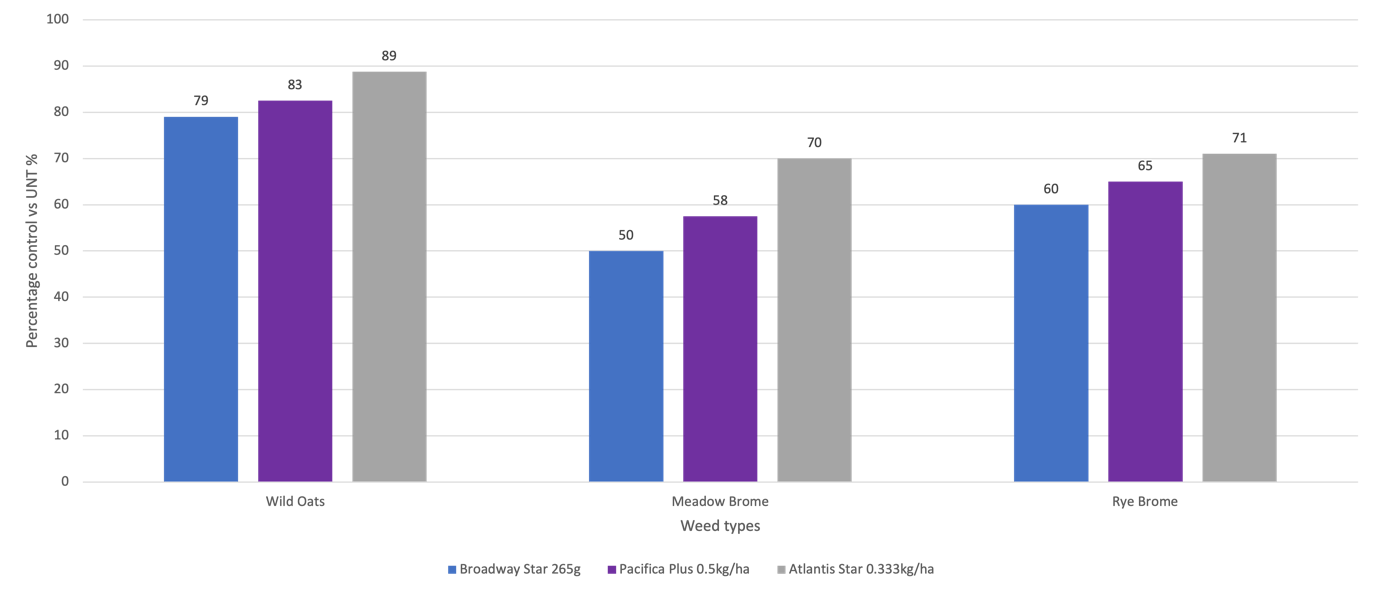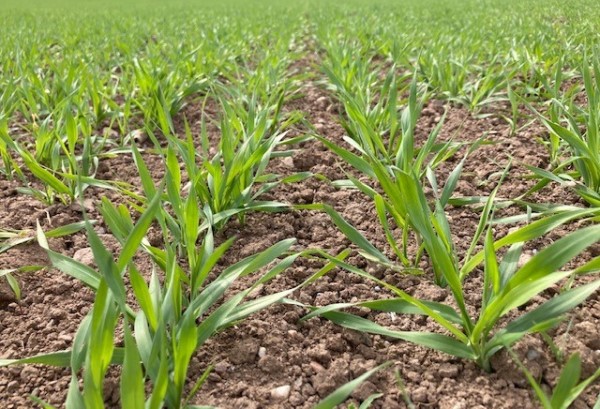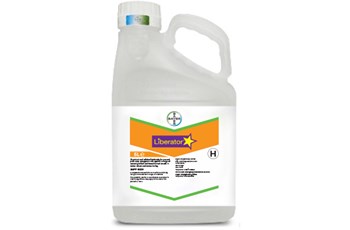Advising farmers in the Highlands of Scotland, Agrii Agronomist John Masonuses the pre-em timing as the foundation for annual meadow-grass and brome control in winter wheat crops.
“Pre-emergence is the best opportunity to control weeds. Once they are up and in the crop, it is much more difficult to do anything about them.”
Spring barley for malting is the most important cereal in the rotation followed by winter wheat. Potatoes and carrots are also important crops in the Black Isle region just to the north of Inverness.
“Not everyone grows winter wheat, I’d say it tends to be the larger operations and most of it goes to Whyte and Mackay for distilling. Annual meadow-grass is widespread whereas brome tends to encroach onto the headlands from margins or sometimes in the straw used for carrot growing.”
Effective weed control is important because any green material in the crop can slow down harvest and increase drying costs which are already a significant burden in this part of the world.
Typical wheat drilling date is from late September into the second week of October. Soils are quite light and free draining so there are not the same concerns over drilling as on heavier wheat land. Added to that, ploughing is still widely used to prepare the ground.
“Some farmers are doing an upgraded pre-em programme on the headland to prevent brome getting worse. One farmer I advise used Octavian Met (metribuzin + flufenacet + diflufenican) in autumn followed by Incelo (mesosulfuron + iodosulfuron) to target brome on headlands, he was very happy with the result.”
“Even in lower pressure situations, one litre of Octavian Met at pre-em has been a great addition to the programme. It is a three-pronged attack and has good broad-leaf weed activity as well.”
“Timing is important, the aim is to always apply the pre-em within 3–4 days to get the best result; drill, possibly roll then spray. As it’s mainly lighter land, we have to be mindful of rainfall and the potential for crop effects, so we use an adjuvant to improve herbicide retention in the soil. We sometimes still see transient effects, but this is better than a field of weeds.”

